
Of course, the guitar and piano come to mind when you think of musical instruments, but those are only the most fundamental. In actuality, there are a plethora of rare musical instruments throughout the world that have been developed over ages and are easily recognizable in their native tongues. Nevertheless, these instruments hardly ever receive the recognition they deserve in mainstream music, and many of them resemble flute modifications or other western instrument combinations.
Keeping that in mind, let’s look at some of the lesser-known global instruments. Our goal is to present you with the best array of instruments and elucidate their features. While all of our options are unique, the instruments here are by far the most distinctive. Below, you will be able to find the most rare musical instruments that are found throughout many cultures.
Read More: 12 Shocking Facts About the Music Industry
8. Ðàn Tre
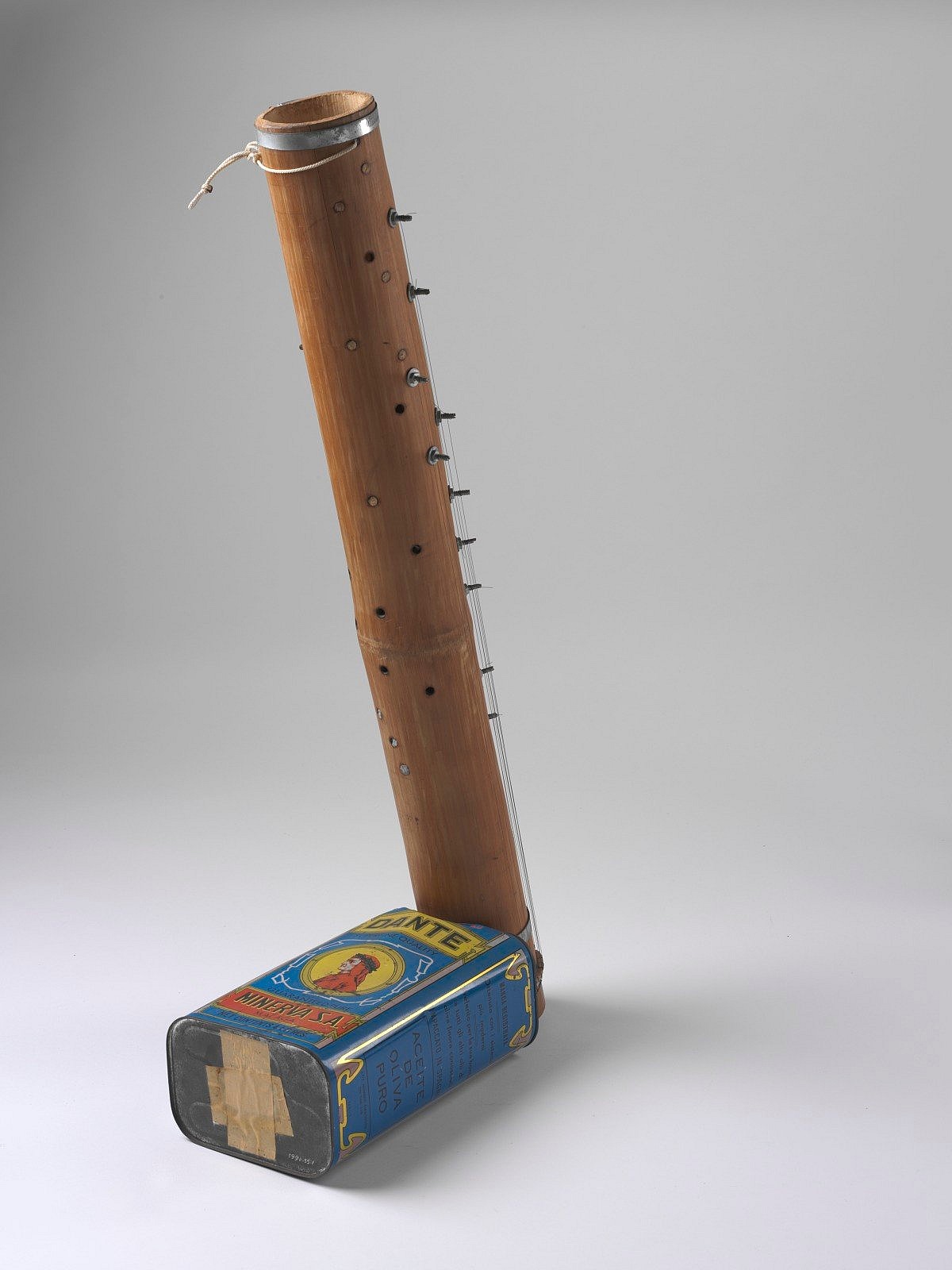
There are only two in the world of the Ñàn Tre, or “bamboo musical instrument,” which was created by Vietnamese immigrant Minh Tam Nguyen as a way for him to express his creativity when he was being held in a labor camp. One of the most rare musical instruments, it is constructed from repurposed items discovered around the camp, including a bamboo tube, a four-liter olive oil tin that amplifies sound flowing down the tube, and 23 strings built from the inside of a US army telephone line. It is a blend of European and Asian musical traditions.
7. The Nose Flute
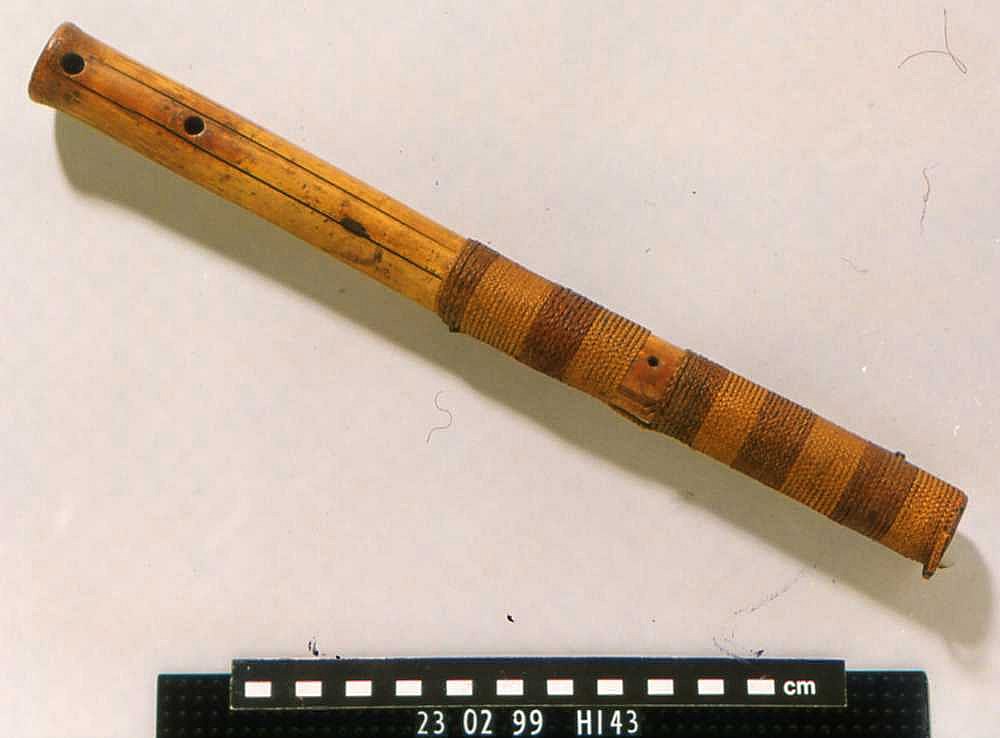
Presenting the intriguing Nose Flute—an instrument that allows your nose to be the center of attention! You heard correctly! You may use your nose alone to create lovely melodies with the Nose Flute. Press one end up against your nose, blow lightly, and listen to the entrancing music that comes out. Get ready to stun everyone with your incredible talent and one of the most fascinating rare musical instruments, leaving them in awe. It’s the ideal option for people who enjoy fusing humor and music together and serves as a constant reminder that great music can be found in the most unlikely locations.
Also Read: 12 Unreleased Songs by Popular Artists You May Never Hear
6. Gobijeu
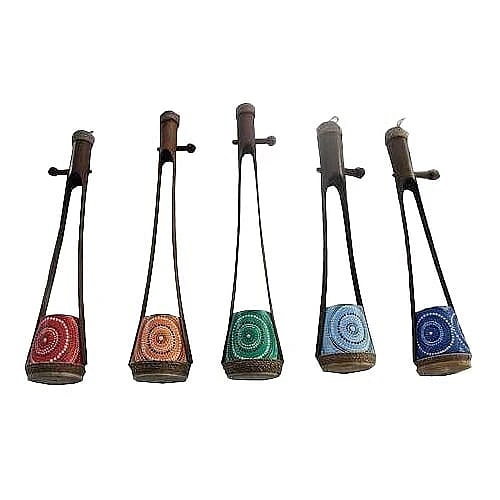
This is an Indian stringed instrument of great uniqueness. This is similar to a guitar, however it has just one adjustable string that allows you to produce incredible music. This allows for some very creative thinking because the wooden dowel may be used to change the pitch, making for one of the most rare musical insturments. You can produce some organic phasing noises by plucking the string, and the bottom chamber will amplify these sounds to produce resonance. There are a range of colored gobijeus that are all hand-painted with a dot motif.
This multicolored Indian instrument is great for both music producers searching for something unique for their next smash single and sound designers who work in TV and movies. Distinguish yourself from the competitors by doing something unique! These are fantastic rare musical instruments for recreational use as well as for use by experts. Youngsters and beginning musicians will have pleasure in tinkering with it and discovering its possibilities. Thick bamboo, wood, rope, and recyclable plastic are used to make gobijeus.
5. Indian Bulb Horn
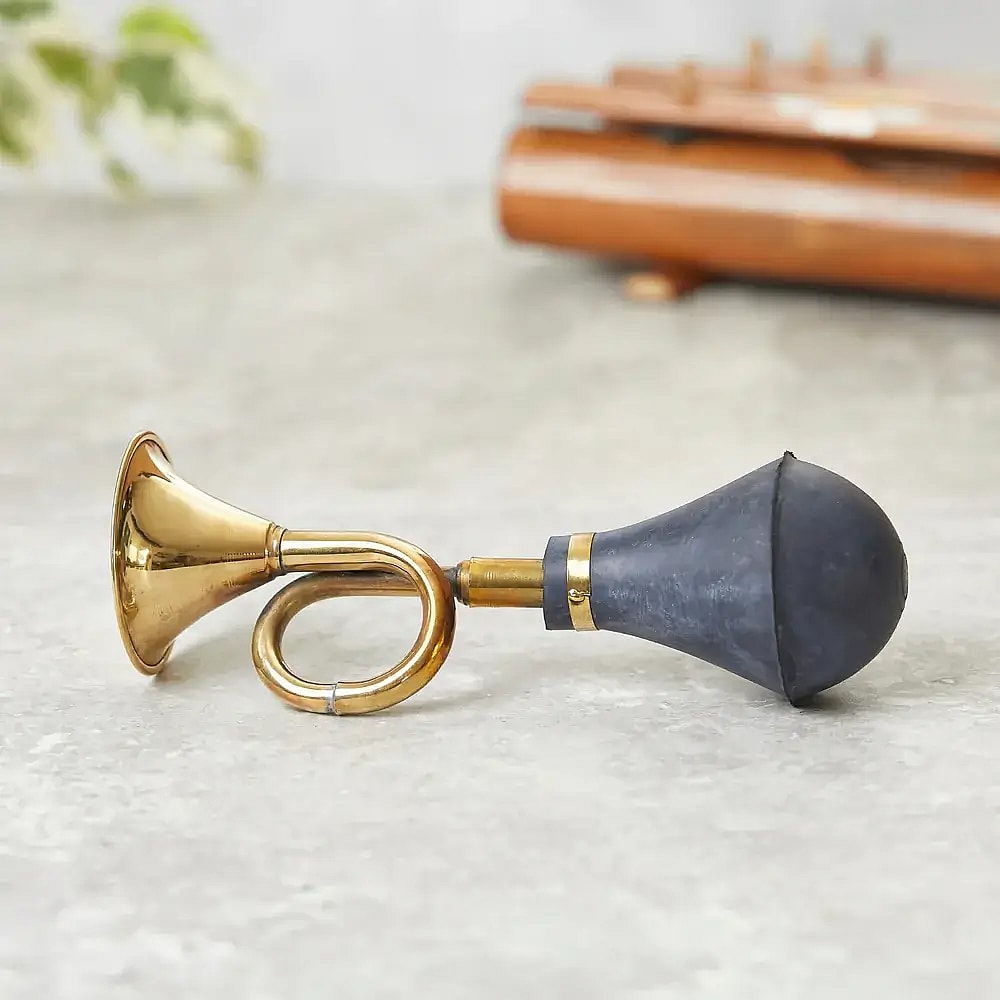
This vintage-looking, retro Indian brass bulb horn has a classic vibe to it. When pushed, it produces a sound like to that of a clown car or nose. It might have a distinctive appearance in your music video, or maybe the soundtrack will transport you to a circus. It would work well in a music classroom or during a festival as one of the most interesting rare musical instruments. The Indian horn has a sturdy metal frame and a rubber handle.
The replica of an antique classic, the classic horn is inexpensive to purchase. Squeeze the rubber handle shaped like a balloon to produce a loud noise. This instrument could be used to create sound effects in your compositions. It’s crucial to know where you purchased your honky horn because there is a subpar, less expensive version of it available online. Customers have complained about these knockoffs not making any noise.
Read More: 12 Most Valuable Lord of the Rings Memorabilia
4. Didgeridoo
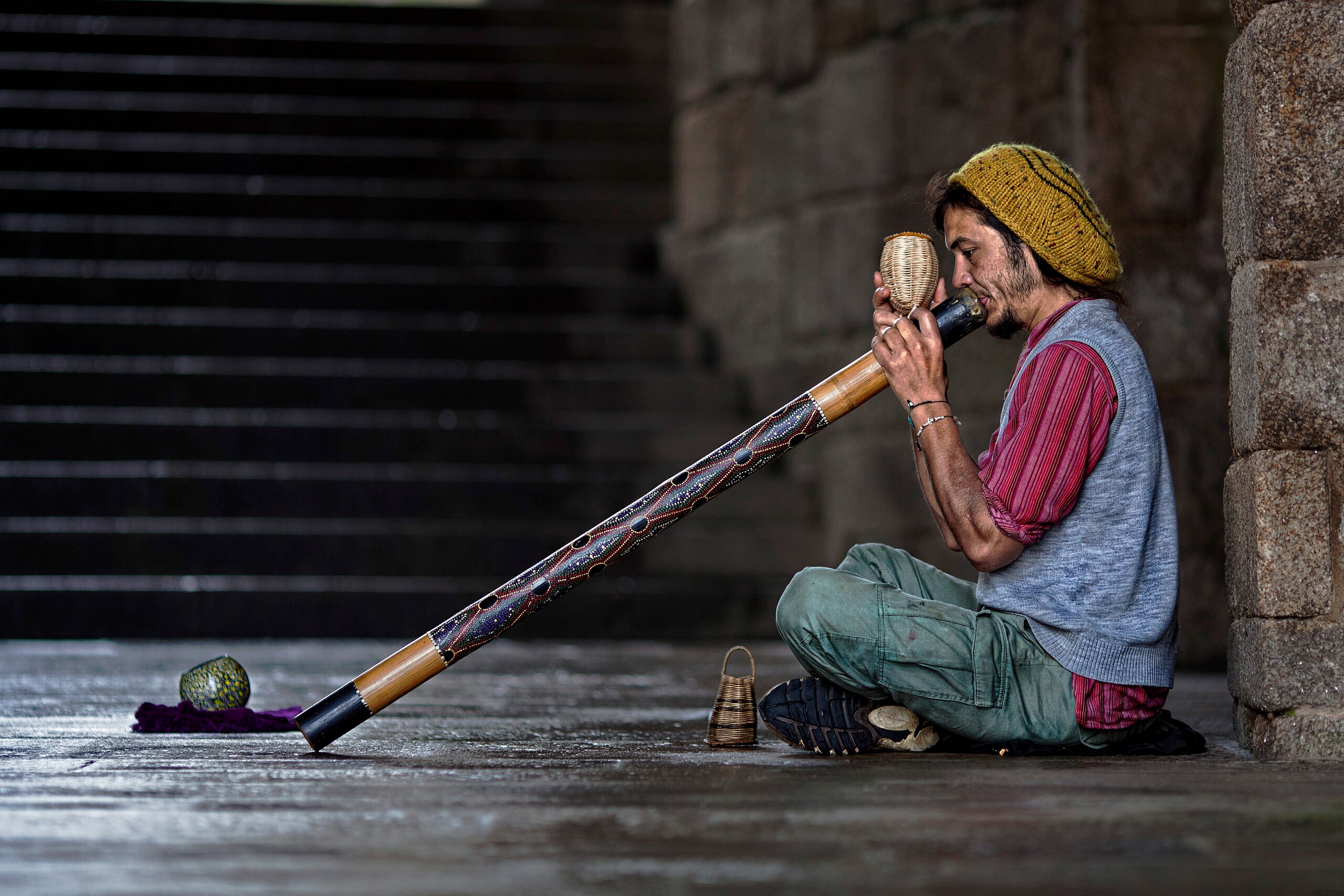
Australia is where the didgeridoo was first created approximately 1500 years ago. These days, didgeridoos are used all over the world and come in a broad variety of forms and patterns. Some didgeridoos, for instance, are hand painted with dots and are constructed of suar wood. Playing these rare musical instruments is not for the faint of heart, and you will need to get comfortable with circular breathing. You’ll be able to get the correct sound this way. Other names for didgeridoos include didjeridu, yiḏaki, mandapul, and mago.
They have a long history and work well with a wide range of musical styles, including electronic, dance, trance, world music, hip-hop, funk, punk, blues, and rap. While most didgeridoos are lengthy, some are spiraled, which saves space and lets you store these rare musical instruments when not in use. It takes a lot of practice for beginners. Music producers can utilize didgeridoo to create background tracks, and competent yoga practitioners can use it to lead a group in a way that promotes healing. This particular instrument has a frequency range of 50-200 Hz and is tuned to the C/D key.
3. Shamanic Drum

Gatherings around the fire, rituals, and spiritual healing are all appropriate settings for the blessed shamanic drum. It can be applied to enhance sleep, facilitate childbirth, or dance. The drum will take you on a musical trip as it is beaten. When played properly, these rare musical instruments can induce a trance-like condition and provide numerous health advantages.
A shaman, whose name translates to “one who knows,” is a person who fulfills a duty in accordance with their cultural and religious beliefs. These include mending, offering a sacrifice, reading fortunes, and using music and storytelling to carry on the ancient custom. These drums are available in a tribe style, painted, or plain. A rustic wooden drum stick is included with each one.
Although many are handcrafted in Indonesia, shamanic drums are popular throughout the world and can be found all throughout Australia as one of the most captivating rare musical instruments. Though far less potent than a drum, shamanic rattle shakers are also appropriate for similar situations and make a nice addition. Unfortunately, these are not vegan friendly because they are made the old-fashioned way, with cowhide. Take a training course, which will teach you many playing rhythm skills, if you wish to utilize these drums to lead a group of people for healing purposes. Additionally, if at all feasible, keep your framed drum safe in a protective case.
Also Read: 5 Pieces Of Lost Music The World Would Love To Rediscover
2. The Tongue Drum
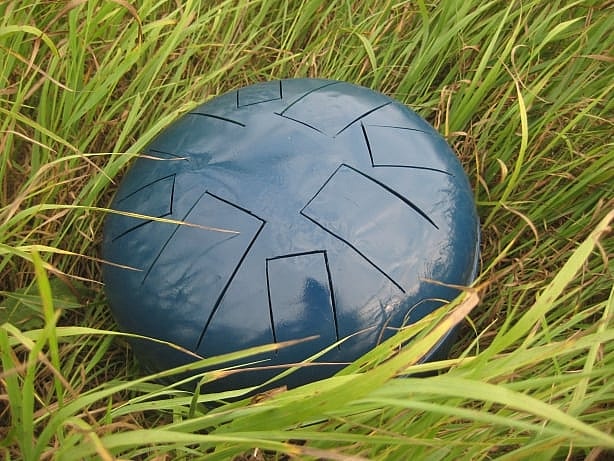
The tongue drum is an enthralling percussion instrument that players and listeners alike find engaging. Its distinctive design creates melodic tones that are calming and entrancing. The drum has metal tongues that can be played with the hands or mallets to produce mellow, resonant tones. Due to its simplicity, musicians of all ability levels can easily explore and express themselves with one of the most intriguing rare musical instruments. The Tongue Drum encourages people to accept their inner rhythm and set out on a peaceful and imaginative musical adventure, whether it is used for meditation, personal relaxation, or musical accompaniment.
1. The Copper Serpent – Rare Musical Instruments
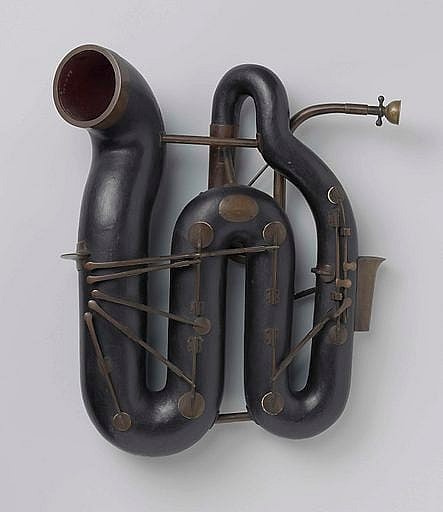
An obscure French fashion statement from the late 16th century was the copper snake, a distant predecessor of the tuba. Originally constructed of wood linked together with leather, serpents were used to accompany Gregorian plainsong, often known as chanting. However, copper quickly gained popularity as a more stable material for rare musical instruments. Later, players started to play the instrument horizontally, but it was originally held vertically. The serpent has appeared in several well-known musical compositions. It was utilized by Jerry Goldsmith in the soundtrack for the movie Alien, Wagner in his opera Rienzi, and Mozart in his opera Ascanio in Alba from 1771.


